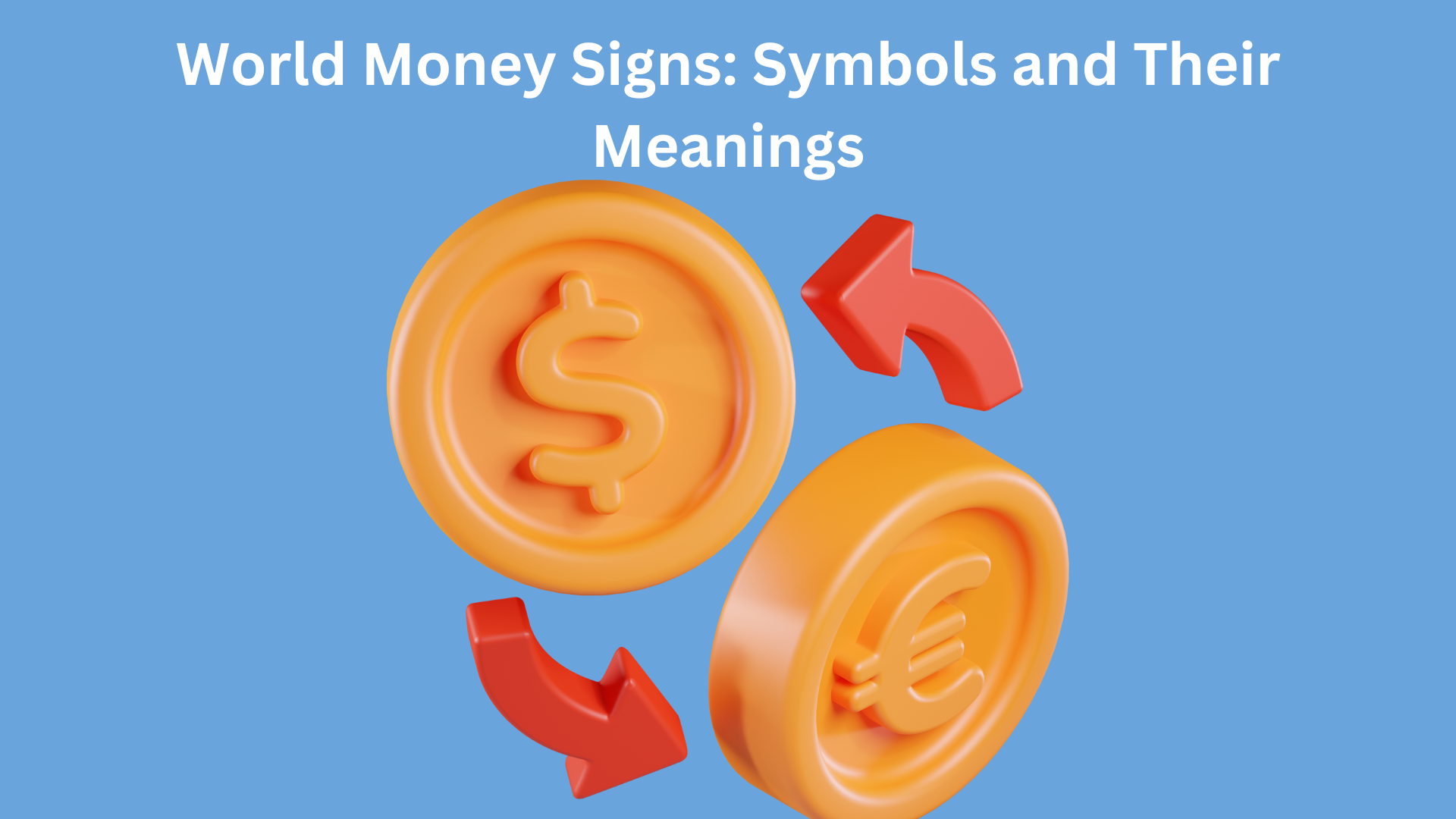World Money Signs: Symbols and Their Meanings
Money signs are symbolic representations used to denote currency in various countries. These signs are not only practical but also hold cultural and historical significance. Understanding these symbols is crucial for businesses and developers working in the global market. Let's explore some of the world's most notable money signs and their meanings.

Dollar Sign ($)
The dollar sign ($) is one of the most recognizable currency symbols globally, representing the United States dollar (USD). It originated from the Spanish-American peso, which was widely used in trade in the Americas and Asia.
Today, the dollar sign is used for various currencies, including the Australian dollar (AUD), Canadian dollar (CAD), and New Zealand dollar (NZD).
Euro Sign (€)
The euro sign (€) represents the euro (EUR), the official currency of the Eurozone. It was introduced in 1999 and is used by 19 of the 27 European Union countries. The euro sign is derived from the Greek letter epsilon (Є) and represents stability and unity among European nations.
Pound Sterling Sign (£)
The pound sterling sign (£) denotes the British pound (GBP), the official currency of the United Kingdom and its territories. The symbol has its roots in ancient Roman currency and has been used in various forms throughout British history.
Japanese Yen Sign (¥)
The yen sign (¥) represents the Japanese yen (JPY), the official currency of Japan. The symbol is derived from the Chinese character for "round," symbolizing coins. The yen sign is widely used in Japan and is recognized internationally.
Chinese Yuan/Renminbi Sign (¥)
The Chinese yuan or renminbi sign (¥) represents the official currency of China. It is also used in some other countries, including South Korea and Vietnam. The symbol has its origins in the simplified form of the Chinese character for yuan (元) and is widely used in Chinese-speaking regions.

Indian Rupee Sign (₹)
The Indian rupee sign (₹) denotes the Indian rupee (INR), the official currency of India. It was adopted in 2010 and is derived from the Devanagari script for the word "ra" (र). The symbol is a reflection of India's rich cultural heritage.
Russian Ruble Sign (₽)
The Russian ruble sign (₽) represents the Russian ruble (RUB), the official currency of Russia. It was introduced in 2013 and is derived from the Latin letter "R" with a horizontal stroke. The symbol reflects Russia's economic and political influence.
Brazilian Real Sign (R$)
The Brazilian real sign (R$) denotes the Brazilian real (BRL), the official currency of Brazil. It was introduced in 1994 and is a combination of the currency's initials (R) and the dollar sign ($). The symbol reflects Brazil's economic significance in Latin America.
FAQs
Q: What is the history behind the dollar sign?
A: The dollar sign ($) has its origins in the Spanish-American peso, which was widely used in trade in the Americas and Asia. It evolved over time to become the symbol for various currencies, including the United States dollar (USD).
Q: How is the euro sign related to Greek culture?
A: The euro sign (€) is derived from the Greek letter epsilon (Є), which symbolizes the idea of the cradle of European civilization and unity among European nations.
Q: Why does the Indian rupee sign resemble the Devanagari script?
A: The Indian rupee sign (₹) is derived from the Devanagari script for the word "ra" (र), reflecting India's cultural heritage and linguistic diversity.
Q: How are currency symbols important in global business?
A: Currency symbols help businesses and developers navigate international trade and finance.